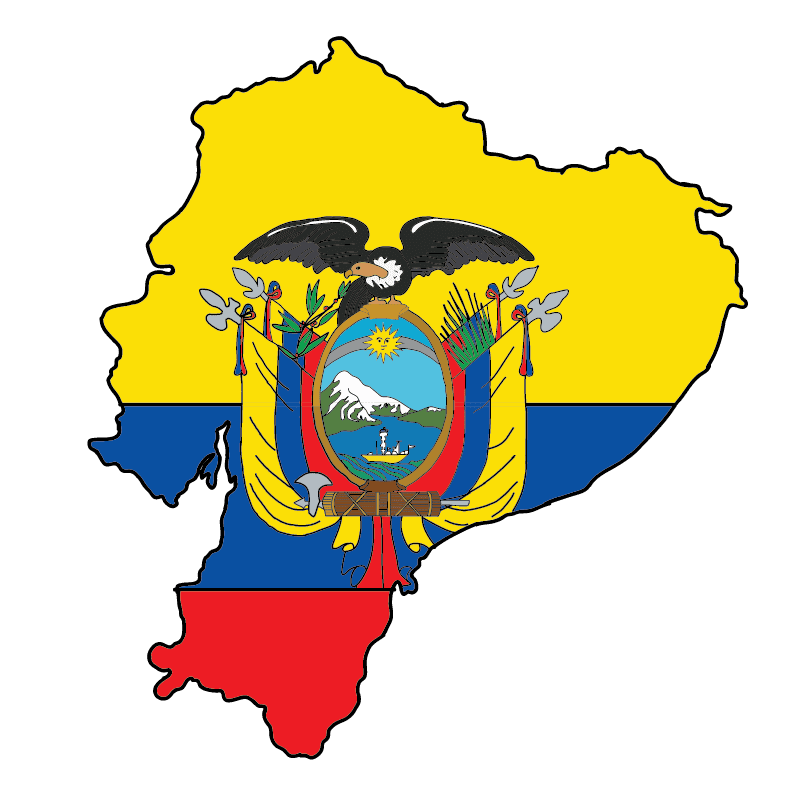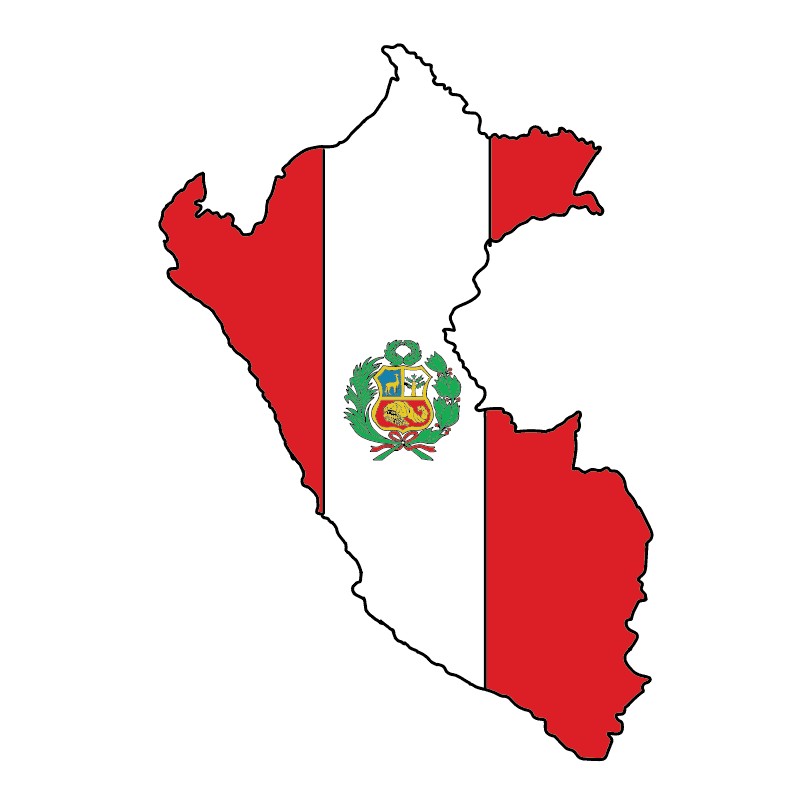The rose is a popular flower in South America, with a rich history, culture, and influence on the region. The rose’s significance in South America can be traced back to the colonial era when Spanish conquistadors introduced the flower to the continent.
History: During the colonial period, the rose became an important symbol of European culture, and the Spanish brought a variety of rose species to South America. The flower’s popularity grew quickly, and it became a favorite among the wealthy elite, who used it to decorate their homes and gardens. In the 19th century, rose cultivation became a major industry in South America, and many countries in the region began exporting roses to Europe and North America.
Culture: The rose has become an important part of South American culture, with many countries in the region using the flower as a national symbol. For example, the rose is the national flower of Argentina and Uruguay, and it is an important part of the culture of Chile and Colombia.
In addition, the rose is often used in South American celebrations and festivals, such as Valentine’s Day and Mother’s Day. In many countries, the flower is given as a gift to show love and appreciation.
Economic: Today, South America is one of the world’s largest producers of roses, with Ecuador, Colombia, and Brazil being the main producers. The flower is an important export for these countries and generates significant revenue for their economies. For example, in Ecuador, rose cultivation is a billion-dollar industry that employs tens of thousands of people.
Art: The rose has also been an inspiration for South American artists, with many painters, poets, and musicians incorporating the flower into their work. For example, the Chilean poet Pablo Neruda wrote a famous poem called “The Rose,” in which he praised the flower’s beauty and symbolism.
Literature: The rose has also been the subject of many South American literary works, including novels, short stories, and poems. For example, the Colombian novelist Gabriel Garcia Marquez wrote a novel called “Love in the Time of Cholera,” in which the rose plays a significant role as a symbol of love and passion.
Influence: The rose’s influence can be seen in South American architecture, with many colonial-era buildings featuring rose gardens and facades adorned with rose motifs. The flower has also influenced South American cuisine, with rose water and rose petals being used in traditional dishes and desserts.
Overall, the rose has had a significant impact on South American culture, economy, art, literature, and architecture, and it continues to be a beloved flower in the region.











